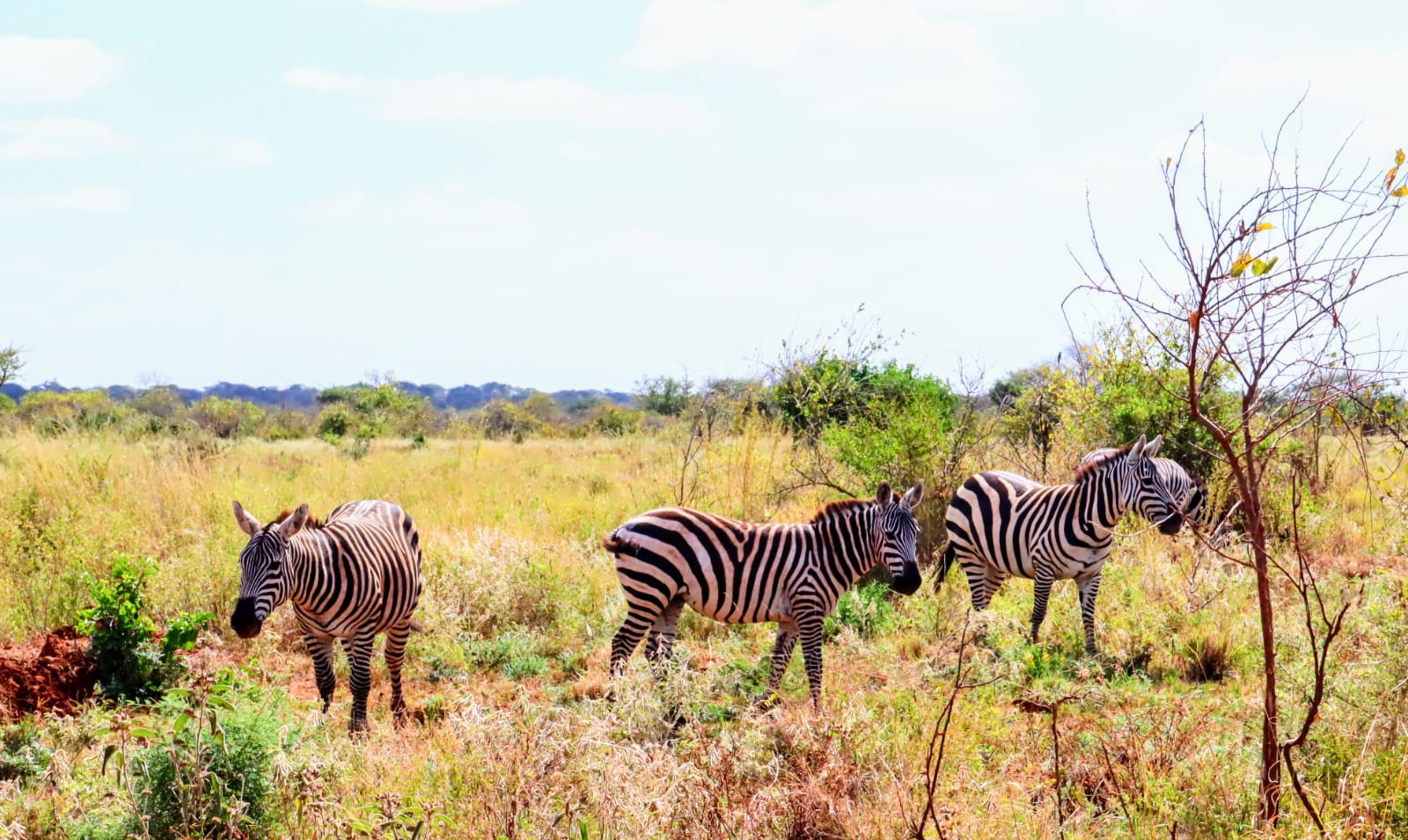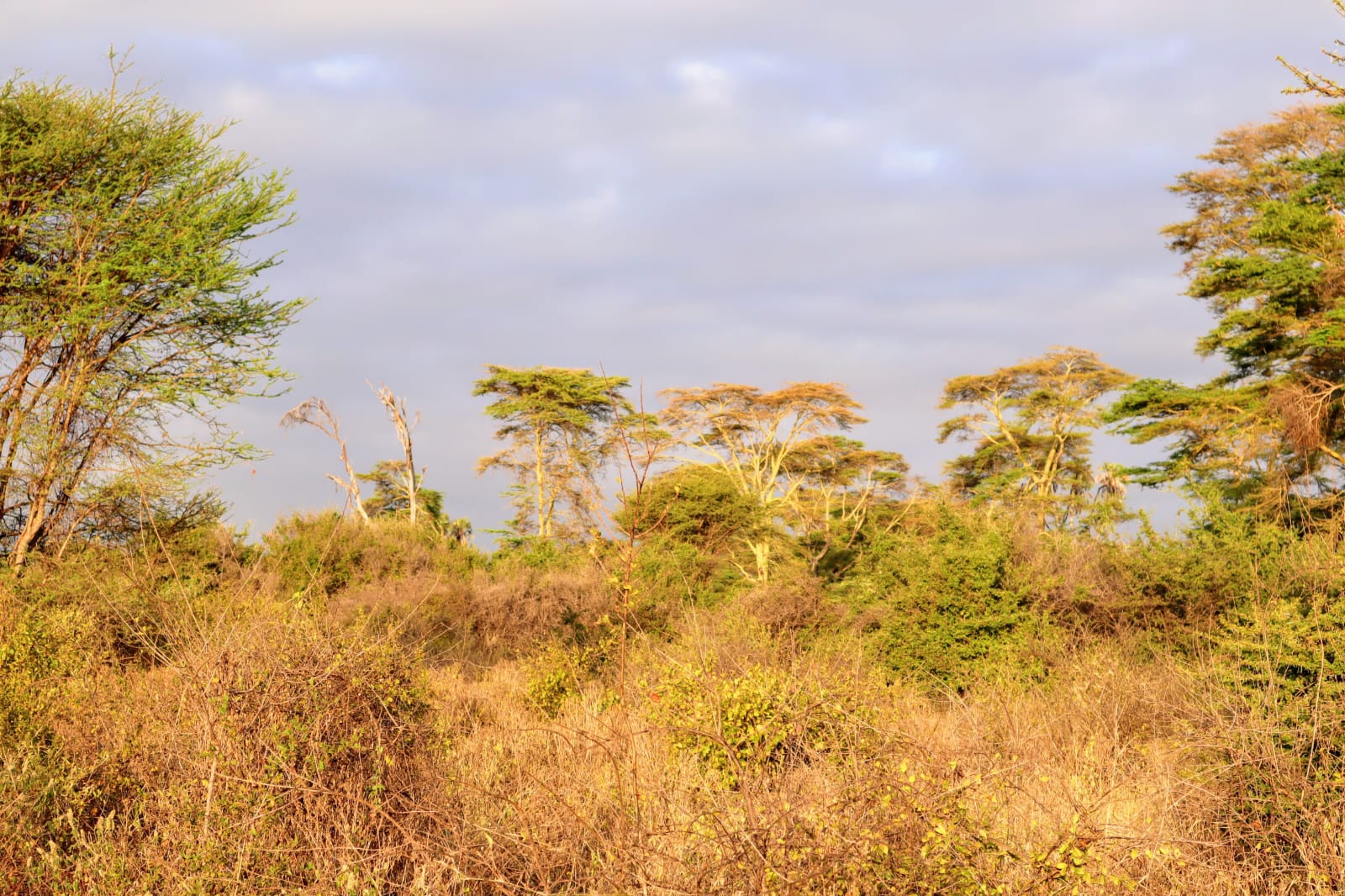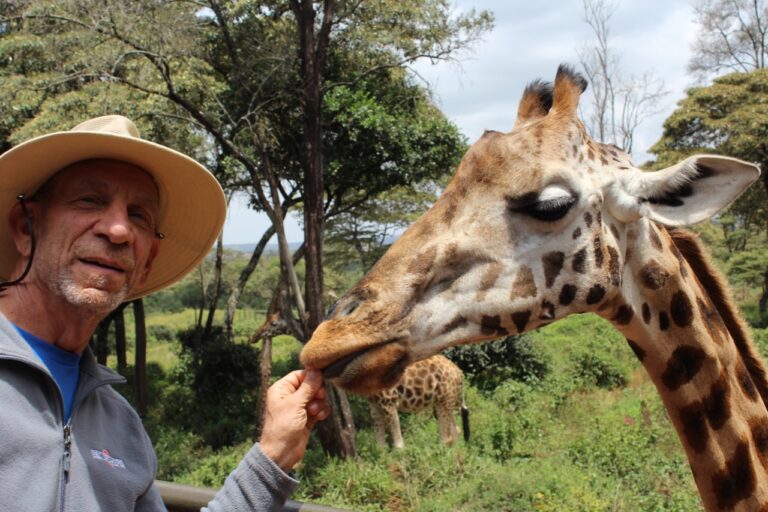History
Ancient history and settlement.
Meru National Park, nestled in the heart of Kenya, boasts a rich and storied history that dates back centuries. Originally inhabited by indigenous communities such as the Meru and Borana peoples, the area was primarily utilized for traditional practices like hunting and grazing.
In 1946, Meru was established as a national park, becoming one of Kenya’s first conservation areas. Its diverse ecosystems, ranging from lush riverine forests to open grasslands and imposing mountains, were recognized for their ecological significance and unique biodiversity.
Throughout the mid-20th century, Meru National Park flourished as a premier destination for wildlife enthusiasts and conservationists alike. Its iconic landscapes served as the backdrop for notable conservation efforts, including the work of George Adamson and Joy Adamson, renowned for their rehabilitation and release of Elsa the lioness, famously chronicled in the book and film “Born Free.”

Geography
Ancient history and settlement.

Meru National Park in eastern Kenya spans 870 square kilometers, boasting diverse landscapes including savannah grasslands, acacia forests, and wetlands. The park is framed by the Nyambeni Hills to the east and is crisscrossed by rivers such as the Tana. Its varied geography supports a rich array of wildlife, making it a prime destination for safari adventures.

